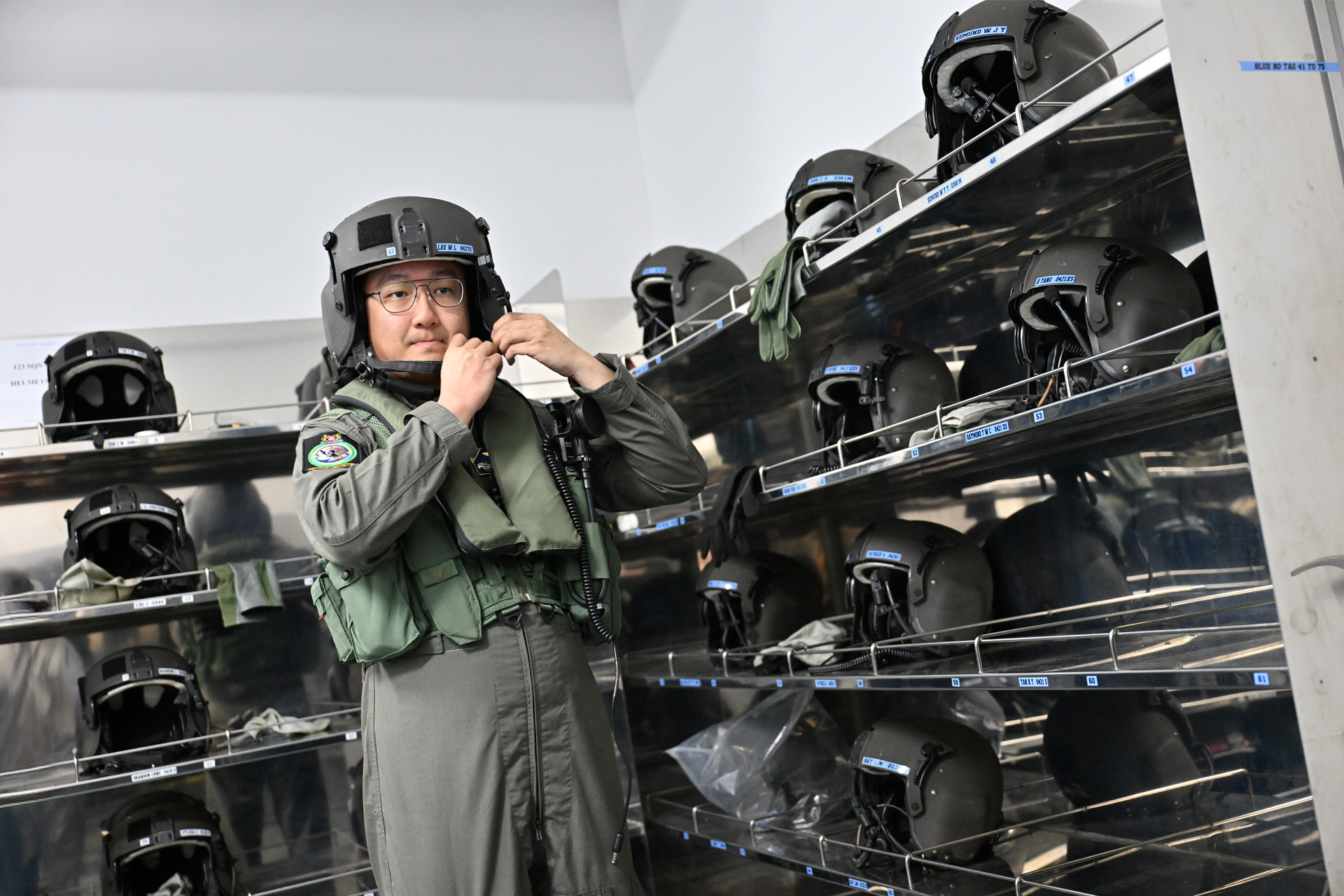SURVIVING THE JUNGLE
PHOTO // Timothy Sim
If you are ever stuck in the wild with nothing to eat, these tips can save your life.
Having been a Boy Scout, I thought I had it covered. Out from storage came my trusty wok, spatula and cooking condiments as I headed to the Combat Survival Facility located in Pasir Laba Camp for a spot of outfield gastronomy.
My preparations were met with incredulous looks from scout trainer 2nd Warrant Officer (2WO) K Thevadasa, who explained that the key to combat survival was learning to thrive with things you normally carry with you and the skill to find the things you need to live in the jungle.
Everyday household items such as cooking utensils most definitely do not feature. "Combat survival is about keeping yourself alive to move to your next objective, no matter how difficult the situation might be," he said. I quickly (and quietly) dropped my embarrassing box of cooking aids.
The facility is where Singapore Armed Forces troops are trained to identify and prepare plants and animals for consumption. And it looks the part: a parachute forms the canopy under which trainees sit during practical demonstrations and numerous wooden structures litter the area. It really felt like being on the set of popular reality series Survivor.
Over the next few hours, the instructors gave me pointers on preparing plants and the proper way to cull animals for consumption.
"The most important objective of the training is to equip scout troopers and commanders with the necessary skills for their operational roles. These are very specialised skills which also build the will to survive in harsh jungle environments," said Lieutenant Colonel (LTC) Vincent Lam, Commanding Officer, Combat Intelligence School.
Here's what I learnt in that short afternoon.
Most Critical
Water vine
You might be able to go weeks without food, but a few days without water and you're a goner. Most people may not know that water is available from a large woody vine commonly found hanging from trees in the jungle. Cut the vine from the top first, then hack the bottom and let the water drip into your mouth or collect it in a bottle. Do it in that order or the water within the vine will flow out before you can get to it. Not all vines produce drinkable water. It should look clear and taste good. Thick, milky sap is a clear sign that the vine could be poisonous.
Most Palatable
Hibiscus
This trumpet-shaped flower is found abundantly in the region's jungles and appears in a variety of colours ranging from white to red. Against the forest's sea of green and brown, it can be quite conspicuous and is as easy to consume as it is found. Its petals can be consumed directly and has a faintly sweet taste. Frankly, it was the best thing I tasted that entire afternoon.
Most Energy
Animals
If you manage to catch small animals such as quails and chickens, you've struck survival gold as they are the best sources of energy. A small amount of meat has more calories than the equivalent weight in greens. Kill the animal in a quick and humane manner, then remove inedible parts such as feathers and innards. When gutting the dead animal, make sure to remove gall bladders cleanly without puncturing them. Failure to do so will mean bad-tasting meat and diarrhoea. Unlike plants, meat will require cooking before it is safe to eat.
Most Nutritious
Noni fruit
When ripe, the noni fruit gives off a really pungent smell which reminds one of vomit. The fruit varies from pale green to white in colour, with numerous seeds in the centre. Boil the fruit in water until it is soft before eating. The fruit is highly nutritious; it has carbohydrates, vitamins, antioxidants and is a good source of dietary fibre. For this reason, it is even processed to make health supplements. That said, the raw fruit tastes as bad as it smells.
Is that safe to eat?
How do you know if what you find in the jungle is safe to eat? Simply crush the selected plant and hold it onto a sensitive part of your body (insides of the elbow or wrists). Wait for a few minutes and observe if the skin reacts to the plant sap. If nothing happens, that's good. Place the sample on your lips but do not swallow or let it get into the mouth. Wait another few minutes. If nothing happens again, get one team member to chew the plant. If no adverse effects are observed after eight hours, you have found a new source of food!
You don't want to go through this harrowing testing process if it's going to be hard to find more of it later. So make sure it's growing in abundance in the area.










